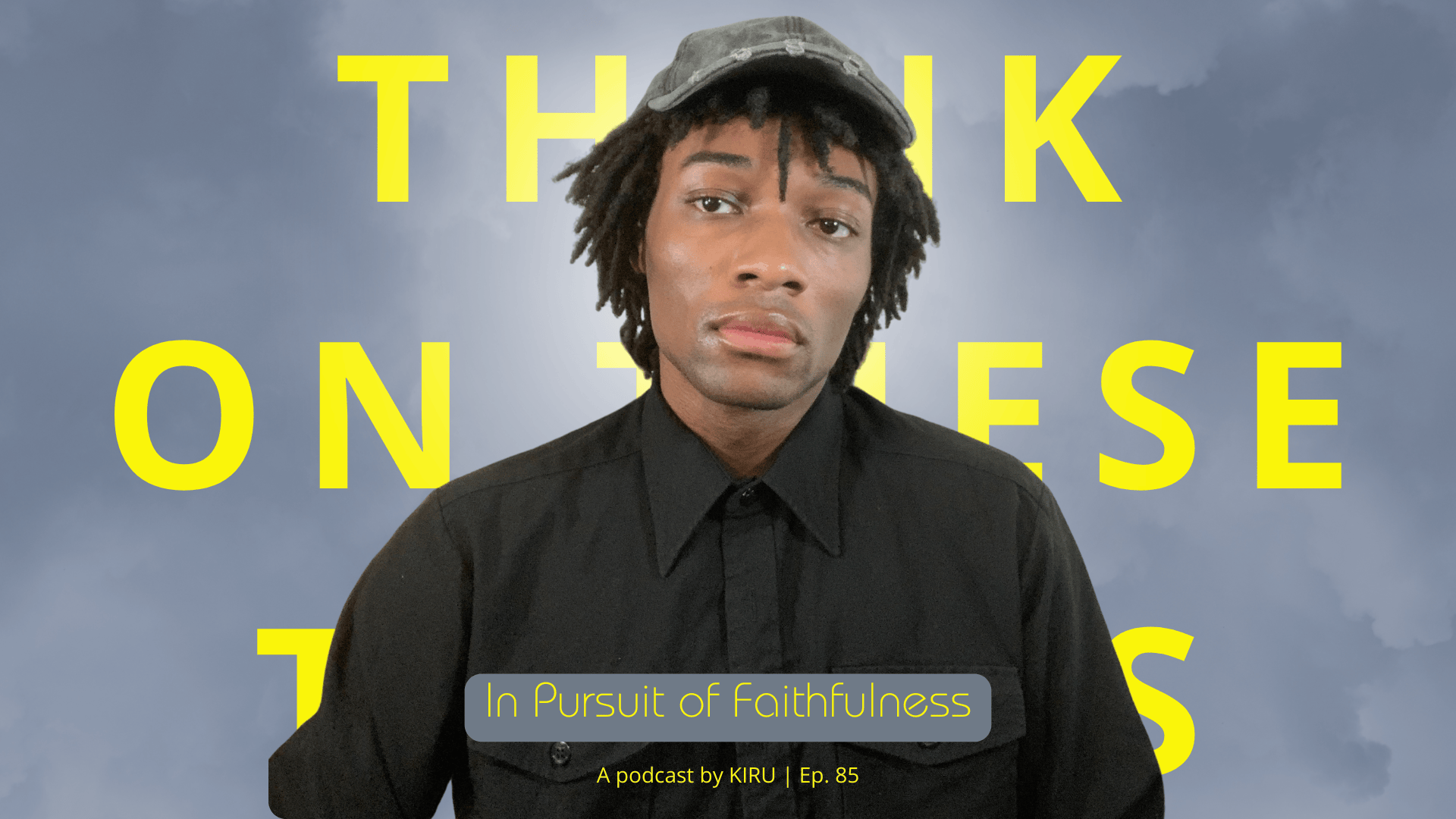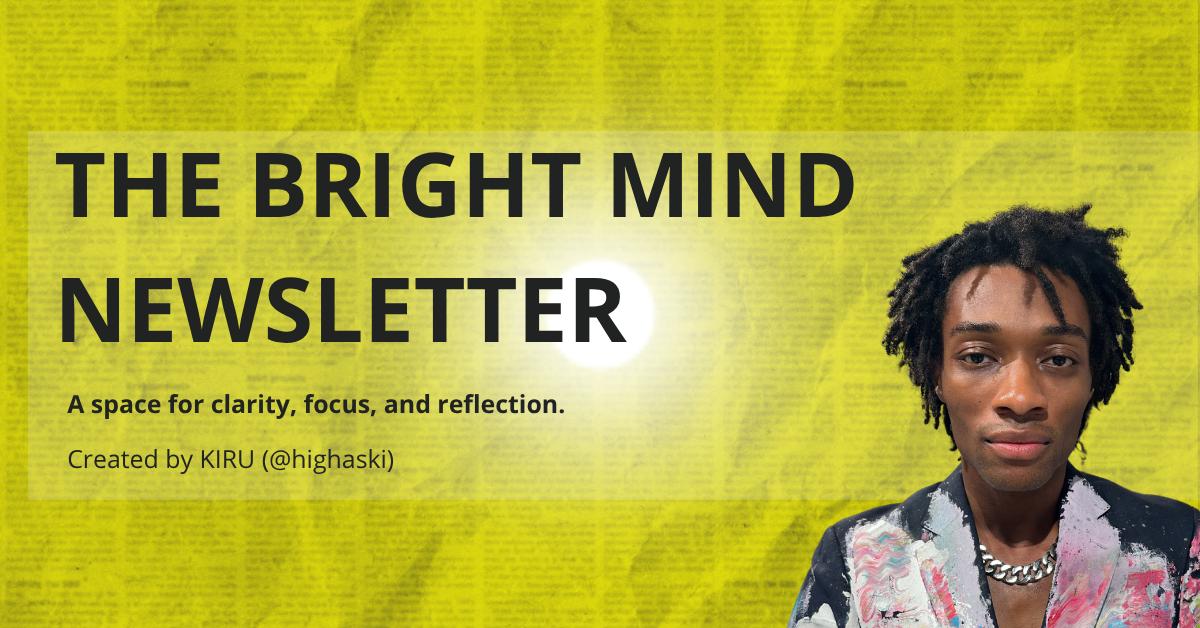If You Read This, Then You'll Understand: Mastering the Art of the Conditional
Unlocking the secrets of "if-then" arguments to become a more effective communicator, a more critical thinker, and more aware of the forces that shape your decisions.
At the heart of human reasoning lies a simple yet powerful linguistic structure: the conditional statement. In plain language, it’s the familiar “if-then” construction that links a condition to a consequence. We hear it from childhood: “If you finish your homework, then you can watch TV.” This basic formula is the bedrock of logic, the engine of scientific inquiry, and a fundamental tool of persuasion and influence. Its primary function is to create a cause-and-effect framework, allowing us to explore possibilities, make predictions, and structure our understanding of the world by establishing a clear relationship between an action or state (the antecedent) and its outcome (the consequent).
From Ancient Logic to Modern Science
The formal study of conditional statements traces back to the logicians of ancient Greece. While Aristotle touched upon hypothetical syllogisms, it was the Stoic philosopher Chrysippus of Soli in the 3rd century BCE who is credited with developing the first systematic theory of propositional logic. In the bustling intellectual environment of Athens, where rhetoric and argumentation were central to law, politics, and philosophy, the ability to construct and deconstruct arguments was paramount. Chrysippus and the Stoics analyzed statements like, “If it is day, it is light,” formalizing the logical connection between the two clauses. This structure, represented today as P→Q ("If P, then Q"), provided a precise tool for evaluating arguments and moving beyond mere persuasion to logical proof.
This logical tool proved indispensable as human thought evolved. During the Scientific Revolution, the conditional statement became the cornerstone of the scientific method. A hypothesis is, at its core, a conditional statement: "If my theory is correct, then this experiment will yield a specific result." Scientists from Galileo to Einstein have relied on this "if-then" framework to make predictions and design experiments to test them. The power of this approach lies in its falsifiability; if the predicted consequence doesn't occur, the initial condition or theory is called into question. Simultaneously, Enlightenment thinkers like John Locke and Jean-Jacques Rousseau used conditional reasoning to build political philosophy. The social contract, for example, is a grand conditional: "If citizens agree to abide by the rule of law, then the state will protect their natural rights."
The Evolution of Influence
While the logical structure of the conditional has remained stable, its application and tone have evolved dramatically. The most significant force in its proliferation was the advent of computer science in the 20th century. The "IF-THEN-ELSE" command is a fundamental building block of virtually all programming languages. This logic dictates how software responds to user input and changing data, making conditional operations the invisible engine behind the digital world. Every time you log in to an account ("IF the password is correct, THEN grant access"), use a GPS ("IF a faster route is available, THEN reroute"), or interact with an app, you are engaging with a system built on billions of conditional statements.
This technological ubiquity has reinforced its presence in our daily communication. However, its use has also become more nuanced and, at times, more manipulative. In modern discourse, the conditional statement is a primary vehicle for shaping behavior and opinion.
In Advertising: Marketers rarely use a simple "if-then" structure, but the underlying logic is always present. A car commercial showing a driver enjoying a scenic, empty road implicitly states: "If you buy our SUV, then you will experience freedom and adventure." The goal is to forge a powerful, emotional link between the condition (buying the product) and a desired consequence.
In Politics: Political rhetoric is saturated with conditionals, often framed as stark warnings or grand promises. A candidate might say, "If my opponent is elected, our economy will falter," creating a fear-based motivation for voters. Conversely, they might promise, "If you vote for me, I will secure our borders," linking their election to a positive outcome. These statements are powerful because they simplify complex issues into a direct, easy-to-understand cause-and-effect narrative.
In Interpersonal Dynamics: Conditionals are the language of negotiation, threats, and ultimatums. "If you don't start contributing more to the team, we'll have to reconsider your position," is a professional ultimatum. In personal relationships, statements like, "If you really loved me, you would..." can be a manipulative tool, setting up a condition that forces the other person to prove their affection through a specific action. This use of the conditional can create pressure and control, framing compliance as the only path to a positive outcome.
Wielding the Conditional with Wisdom
The power of the conditional statement lies in its ability to frame reality. By presenting a specific condition as the sole gateway to a particular consequence, the speaker can direct focus, limit perceived options, and guide a listener toward a desired conclusion. Understanding this allows you to both use the tool effectively and recognize when it is being used on you.
How to Use it Thoughtfully
When constructing your own arguments, use conditional statements to bring clarity and structure. Frame your proposals logically: "If we invest in this new software, we can expect to increase productivity by 15%." For this to be effective and ethical, the link between your "if" and "then" must be sound, well-reasoned, and, if possible, supported by evidence. A strong conditional argument demonstrates foresight and rational thinking, inspiring confidence rather than fear.
How to Respond with Integrity
When you encounter a conditional statement, especially in a persuasive context, pause and critically examine its components:
Challenge the "If": Is the condition presented as a fact actually true? "If we don't ban this book, our children's morals will decay." Is the premise—that the book is a genuine threat to morality—accurate, or is it an exaggeration?
Question the "Then": Does the stated consequence logically and necessarily follow from the condition? Even if the condition is true, is the outcome inevitable, or are other results possible? "If you miss this one-time sale, you'll never get a deal this good again." Is that truly the only possible outcome?
Identify the Intent: Is the conditional statement being used to explain a logical connection, or is it intended to manipulate? Is it a promise, a threat, a reasoned argument, or an ultimatum? Recognizing the underlying intent will help you separate sound reasoning from emotional coercion.
By mastering the "if-then" statement, you equip yourself with a fundamental tool of critical thinking. You learn to build arguments with precision and integrity, and to deconstruct the arguments of others with insight and awareness. In a world full of persuasive messages, understanding this simple structure is a crucial step toward clearer communication and more thoughtful decision-making.
Keep Going!
Check out these related posts








